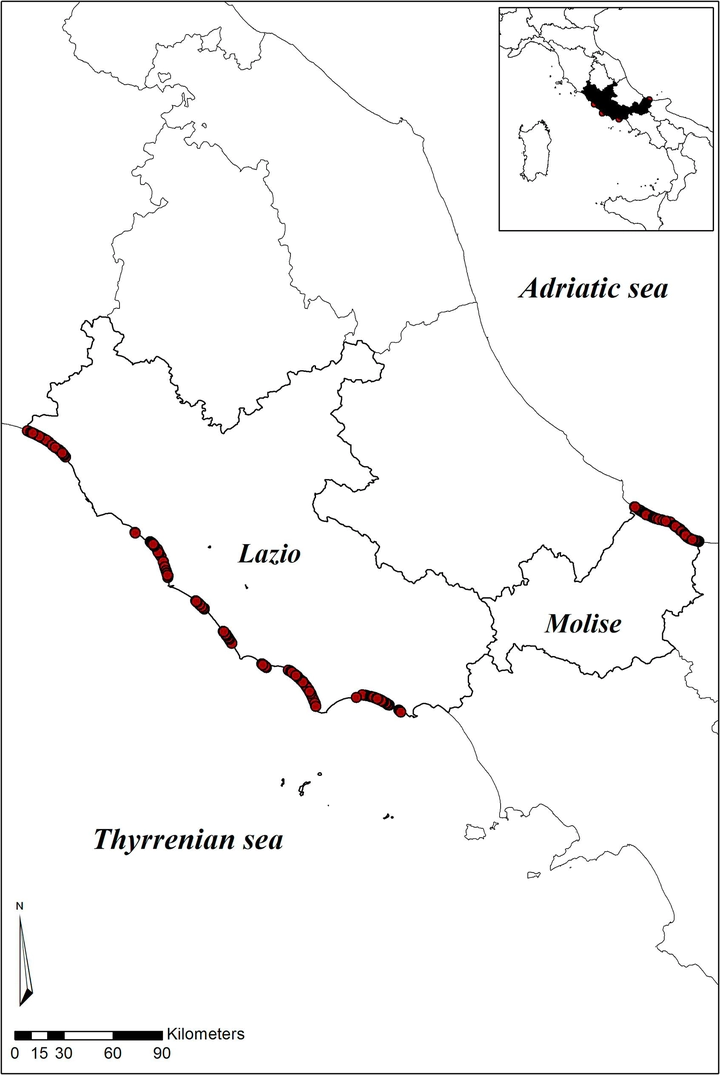Back into the past: Resurveying random plots to track community changes in Italian coastal dunes
 © Sperandii et al. 2018
© Sperandii et al. 2018Abstract
Resurveying studies are commonly appreciated as a means to monitoring temporal changes in plant diversity. However, most of them still rely on phytosociological plots, which, although representing an invaluable source of data, can lead to biased estimates of vegetation changes. At the community-level, temporal changes can be quantified by means of beta-diversity measures. However, compositional variation can be the result of two different, often contrasting, processes: turnover and nestedness. In this context we test the effectiveness of resurveying approaches based on quasi-permanent plots in revealing temporal changes in herbaceous communities of Mediterranean coastal dune systems. Indeed, due to their being highly dynamic, coastal dunes can be considered ideal habitats for implementing such tools. In particular, we quantified temporal changes in species composition occurred over 10-15 years by calculating Sorensen index of dissimilarity and, in order to determine whether the change was really driven by species turnover, we partitioned Sorensen index into its two components of turnover and nestedness. At the same time, since diagnostic species are considered to be particularly sensitive to habitat modifications and helpful in assessing changes in the ecological structure of a community, we analyzed temporal changes in the occurrence and cover of diagnostic species of the investigated habitats. Results show that coastal dune communities of our study area underwent consistent changes during the analyzed time span. Almost 25% of the historical plots disappeared. Major transformations, mainly driven by species turnover, involved upper beach communities, embryonic and mobile dunes, as revealed by the parallel analysis of beta diversity and diagnostic species. This work shows how resurveying approaches can efficiently reveal useful insights on vegetation dynamics, therefore providing a solid basis for the implementation of effective conservation strategies, especially in endangered habitats.